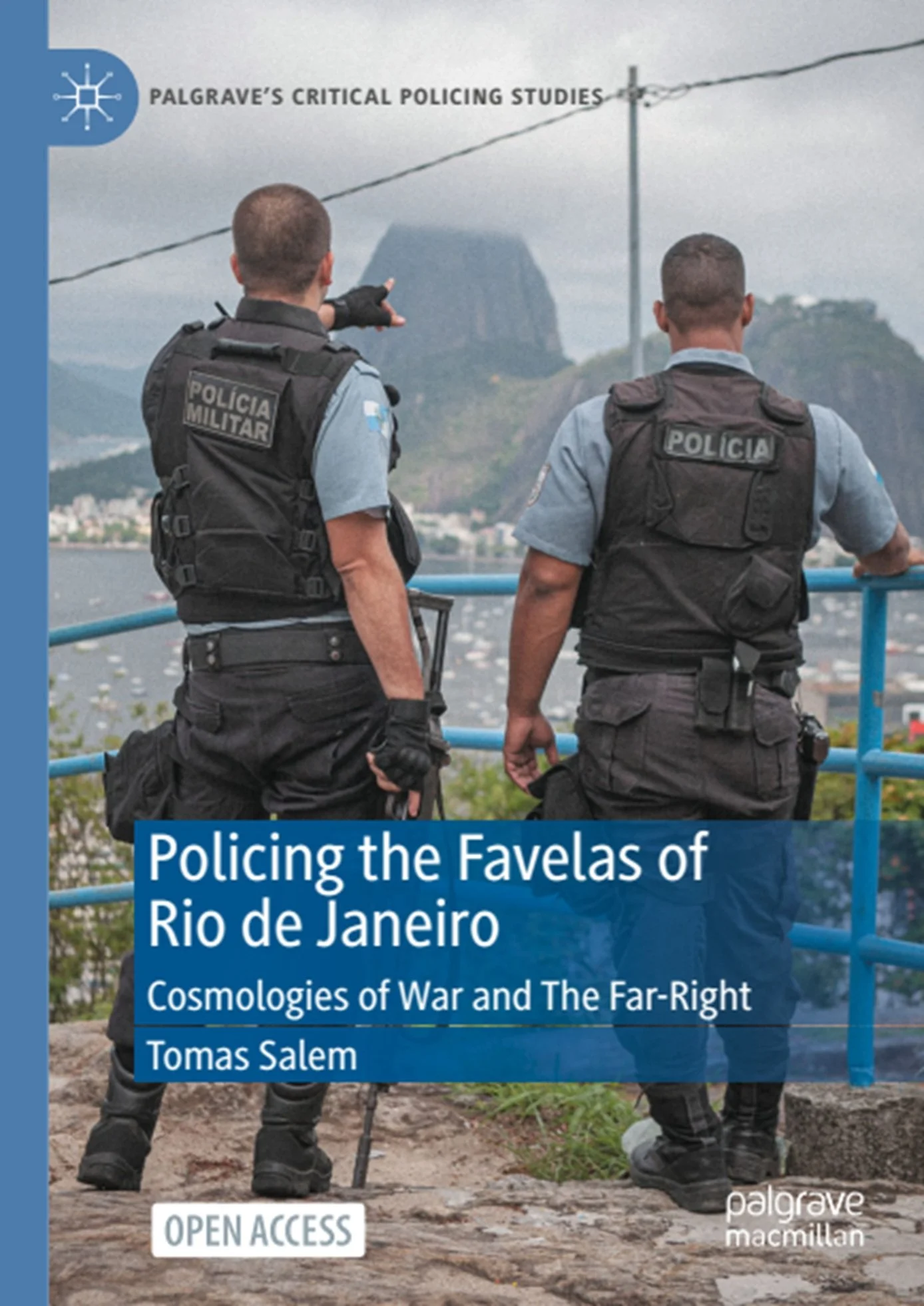By The Bureau of Justice Assistance and Office of Community-Oriented Policing Services
In the wake of the COVID-19 pandemic, a tightening labor market, heightened community frustration with the policing profession, and concerns about officer safety and well-being, law enforcement agencies across the country face a historic crisis in recruiting and retaining qualified candidates. SocAs agencies continue to seek innovative ways to attract qualified potential candidates and retain current staff, the crisis demands an immediate and effective response to ensure that law enforcement agencies can maintain staffing levels sufficient to support their communities’ public safety needs. Addressing these issues may necessitate the reexamination of agencies’ foundational organizational structure and processes to more clearly and easily meet the needs and expectations of both law enforcement and the community. In response to this situation and recognizing that the way law enforcement professionals are recruited and retained has a major impact on violent crime reduction, overall public safety, and community trust—Attorney General Merrick Garland identified law enforcement recruitment and retention as a U.S. Department of Justice priority and directed the Office of Justice Programs’ Bureau of Justice Assistance (BJA) and the Office of Community Oriented Policing Services (COPS Office) to hold a convening. On April 18, 2023, a group of more than 30 law enforcement and community leaders from across the country met in Washington, D.C., to discuss existing best practices and emerging and transformative solutions designed to address current staffing challenges. In addition to command staff and other law enforcement leaders from key stakeholder associations, other new vocal and innovative leaders were in attendance to assist in designing a national solution. As Associate Attorney General Vanita Gupta noted in her opening remarks, the issues of recruitment and retention are among the most important faced by federal, state, local, tribal, and territorial law enforcement agencies across the nation, regardless of size or location. The agenda was driven by information obtained from the participants during brief interviews conducted before the event and designed to promote meaningful, actionable discussion. This publication represents the outcomes of the convening, focusing on both short-term strategies and long-term solutions identified by participants, who shared examples of streamlining and modernizing the hiring process, incorporating technology, updating requirements, and increasing accessibility; discussed marketing strategies designed to attract service-oriented candidates; examined existing and potentially new benefits and incentives, including a focus on employee wellness and mental well-being, to entice current employees to stay; and addressed the need for transparency and accountability throughout the hiring and employment process to promote public confidence. While there is no one-size-fits-all solution for the law enforcement recruitment and retention challenges, agencies are encouraged to consider adopting strategies contained herein as they pertain to their situations.
Washington DC: Bureau of Justice Assistance and Office of Community Oriented Policing Services, 2023. 60p.









